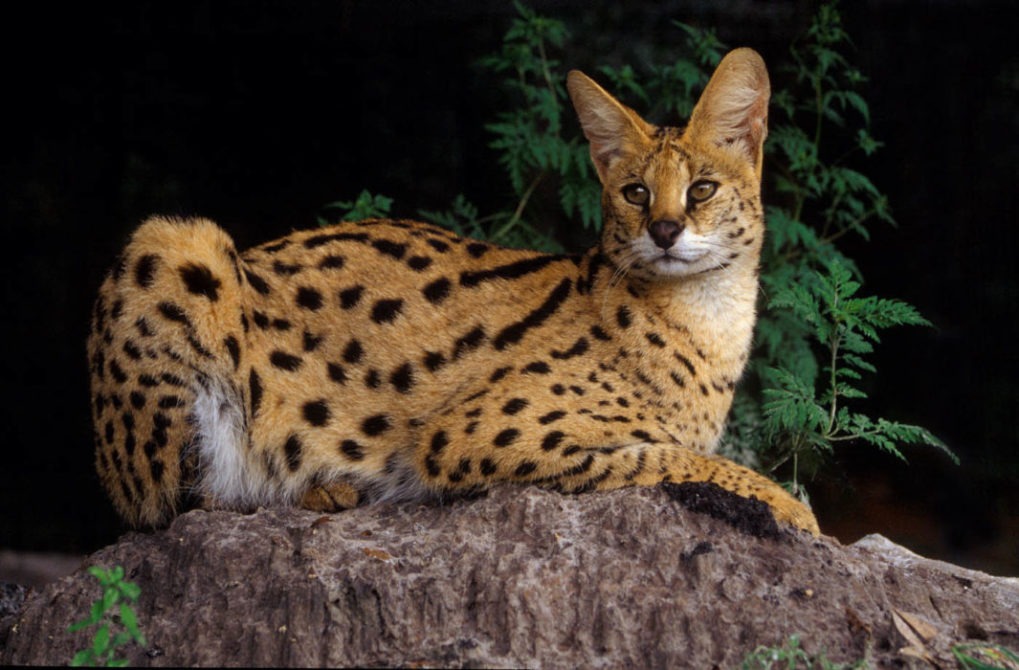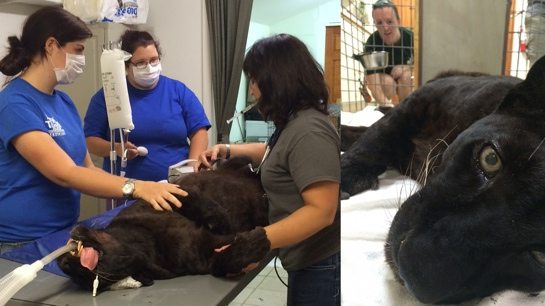Poisonous Plants
POISONOUS PLANTS

THE FIVE PLANTS MOST HAZARDOUS TO YOUR PET’S HEALTH
“We typically recommend that pets not be allowed to eat plants in general,” says APCC veterinary toxicologist Dr. Safdar Khan. “However, it is especially critical that the following plants be kept out of reach of animals, as they have the potential to cause serious, even fatal systemic effects when ingested.”
* LILIES rank number one in dangerous plant call volume at the APCC, and are highly toxic to cats. Says Khan, “It is clear that even with ingestions of very small amounts, severe kidney damage could result.” An owner in Pennsylvania lost her cat to kidney failure from ingesting only a small portion of an Easter lily.
* AZALEAS, indigenous to many eastern and western states and commonly used in landscaping, contain substances that can produce vomiting, drooling, diarrhea, weakness, and central nervous system depression. Severe cases could lead to death from cardiovascular collapse.
* Frequently used as an ornamental plant, OLEANDER contains toxic components that can cause irritation of the gastrointestinal tract, hypothermia, and potentially severe cardiac problems.
* Also a popular ornamental plant, SAGO PALM can potentially produce vomiting, diarrhea, depression, seizures, liver failure, and even death. One pit bull terrier in Florida became ill and subsequently died from liver failure after chewing on the leaves and base of a sago palm in his yard.
* Although all parts of the CASTOR BEAN plant are dangerous, the seeds contain the highest concentration of toxins. Ingestion can produce significant abdominal pain, vomiting, diarrhea, and weakness; in severe cases, dehydration, tremors, seizures, and even death could result.
Some plants are only toxic in certain of their components or under certain circumstances. This list does not include all plants that have poisonous effects and you should contact your Veterinarian before allowing your exotic to come in contact with any plant. Contact with these plants may be indicated by a rash on the skin or mouth, drooling, sore lips or a swollen tongue:
| Any Ivy | Drunk Cane | Parlor Ivy | Saddle Leaf |
| Arrowhead Vine | Emerald Duke | Pathos | Spider Mum |
| Boston Ivy | Heart Leaf | Philodendrum | Split Leaf |
| Chrysanthemum | Majesty | Poinsettia | Weeping Fig |
| Colodium | Marble Queen | Pot Mum | |
| Creeping Fig | Nethysis | Red Princess | |
These toxic plants may cause vomiting, diarrhea, cramps, abdominal pain, tremors, convulsions, hallucinations, heart palpitations and breathing and kidney problems:
|
|
|
Note: I am not a veterinarian. If your exotic cat has ingested a toxic plant please consult a licensed veterinarian.
If you find this site helpful then please help us keep it going: Donate to Save Tigers






Excellent information about plants toxic to pets!
My cat ate a Philodendrum plant. Is she going to die?